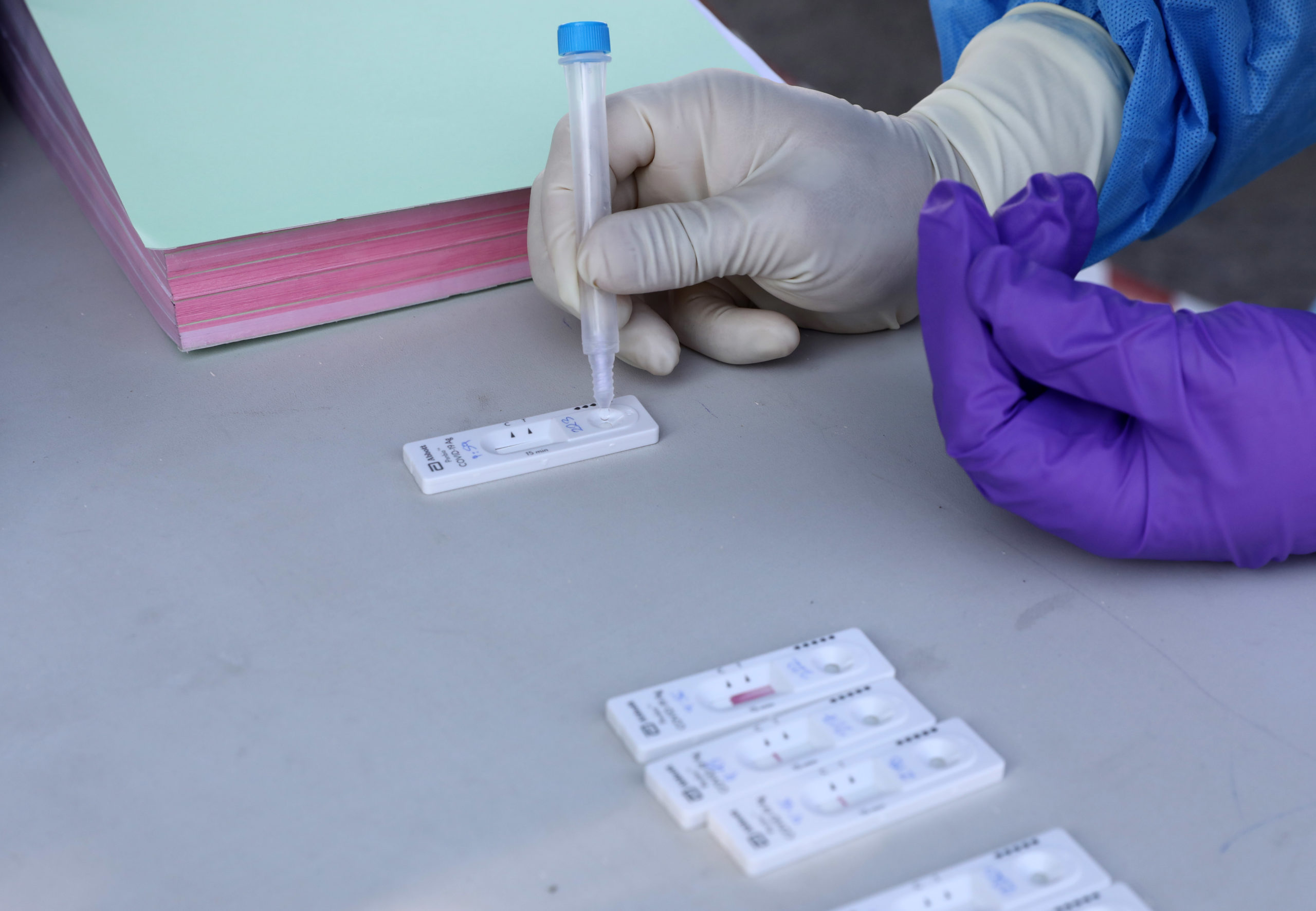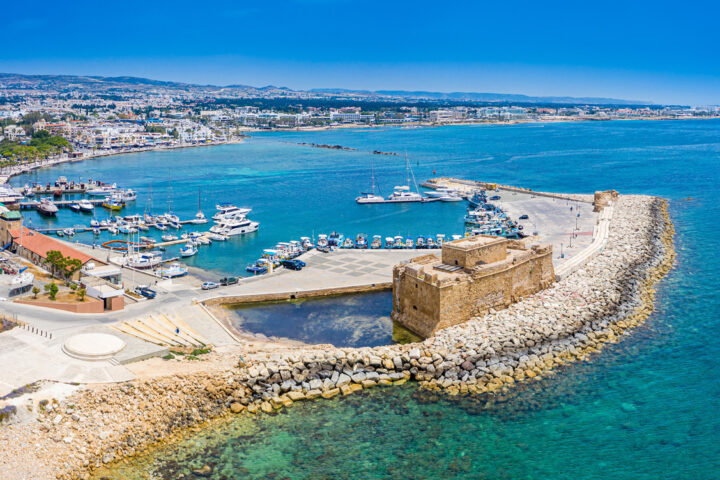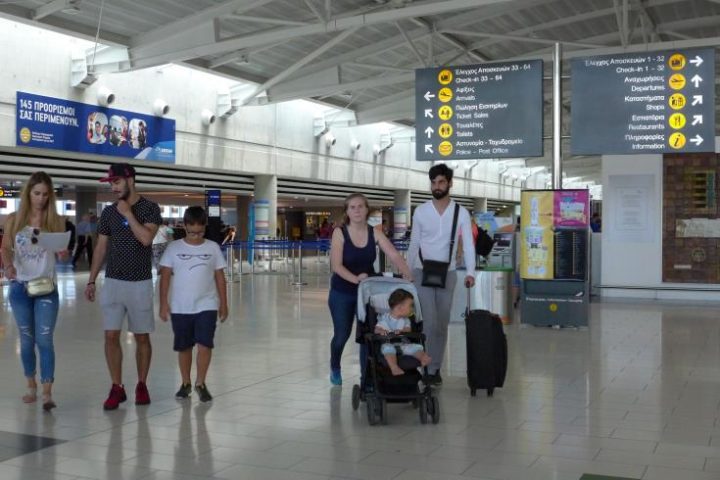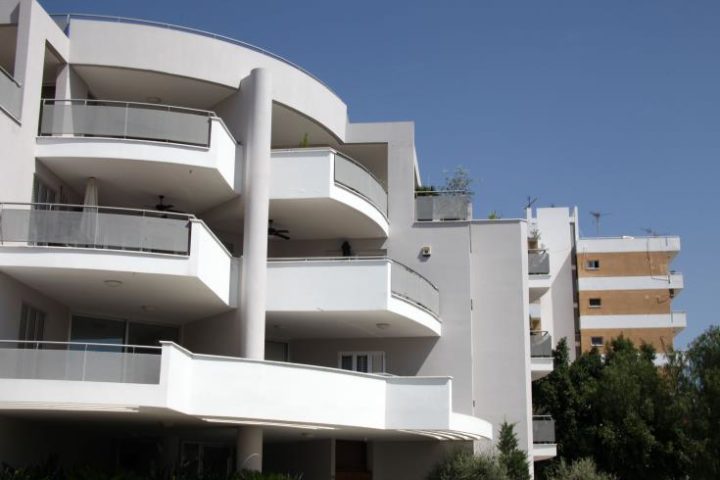Cyprus’ pandemic landscape has deteriorated to a 14-day cumulative rate of 321.6 COVID-19 cases per 100,000, up from 270.1 a week ago, despite Limassol and Paphos improving infections elsewhere are increasing.
Presenting the latest epidemiological bulletin on the spread of COVID-19 in Cyprus, specialists advising the government said that they are worried as districts such as Nicosia and Famagusta have recorded a sharp increase in cases.
Government advisor Dr George Nikolopoulos on Friday conveyed scientists concern over the situation across the island.
He said that “not only the number of COVID-19 cases found in Nicosia has increased, but more patients being hospitalised are from there”.
Dr Nikolopoulos added: “While Paphos and Limassol, on lockdown, saw cases drop with the reproduction rate at 1:0.85, in the other districts it’s between 1:1.2 and 1:1.5.
Paphos also recorded a drop in its 14-day cumulative notification rate, on 24 November it had dropped to 121 from 169 per 100,000 inhabitants, as did Limassol’s to 465.9 from 502.2.
The 14-day cumulative notification rate for Famagusta has risen to 383.8 per 100,000, up from 236.5.
Nicosia’s rate stands at 284.8, rocketing from 163 and Larnaca’s to 227.2 from 168.
Among all 2,817 cases diagnosed in the last 14 days (11-24 November), 1,141 (40.5%) were reported in Limassol, 973 (34.5%) in Nicosia, 334 (11.9%) in Larnaca, 185 (6.6%) in Famagusta, 113 (4%) in Paphos, and 71 (2.5%) were reported either in the British bases or had a residence abroad, or information was not available.
Cyprus could boast about its success in handling the pandemic up until the roller coaster of cases that started in October.
Health authorities have reported triple-digit cases since 26 October with a weekly average of more than 1,400.
The worsening data led authorities to impose islandwide restrictions on Friday with a 9 pm to 5 am curfew, closing restaurants at 7 pm and restricting the number of people allowed in shops even further.
Measures, which also include a ban on sports activities for children under-18, come into effect on Monday.
Hospital admissions and deaths have also risen with Cyprus reporting another eight deaths in the fortnight covered by the report.
Some 22 out of a total of 48 deaths occurred in November while Thursday saw a record 109 COVID patients in hospitals.
According to the latest epidemiological report, 6% (550) of people with COVID-19 received hospital care, as of November 25.
The median age of hospital patients was 63 (IQR: 48-76years). Hospital cases were mainly males (321; 58.4%).
The median age of the 106 patients still hospitalized on 24 November is 72 (IQR: 63-84years), 50.9% (54) are males, and 40.6% (43) are from Limassol.
Overall, 58 cases (10.6% of all hospital patients) have been admitted to ICU.
The median age of patients admitted to ICU was 68 (IQR: 61-75years). ICU patients are mainly male (43; 74%).
The median age of current ICU patients is 69 (IQR: 64-72) years and 12 (80%) are males. Ten (66.7%) patients currently in ICU have pre-existing conditions.
On 26 November, 15 cases were still in ICU.
In the last 14 days (11-24 November) 2,817 cases were reported, of which just 6.6% (155) were imported, 85.5% (2,023) were locally acquired, and 8% (188) are unknown.
The median age was 37 (IQR: 24-54); 49.6% were male (1,396), 49.1% female (1,384), and for 37 cases (1.3%) sex is unknown.
By age group, cases include 450 infants, children and adolescents aged 0-17 (16%), 1,827adults aged 18-59 (64.9%),526persons aged 60 and older (18.7%), and for 14 cases (0.5%) information was missing.
The median age of all cases diagnosed in the last 14 days is 37 (IQR: 24-54years). The median age of adult cases (≥ 18 years) is 41 (IQR: 30-58years)
Cyprus cases tally on Thursday was 9,673.
Mortality rate up
Among cases diagnosed until 24 November, 48 COVID-19 associated deaths were reported in Cyprus (Case Fatality Risk-CFR: 0.5%).
The COVID-19 associated mortality is now at 5.5 up from 4.6 per 100,000 population.
The mortality rate has increased as at the end of October it was 3.8 per 100,000 population.
Thirty-one deaths (64.6%) involved men and 17 (35.4%) women; the median age of all deaths was 76.5 (IQR: 68.5-83years).
Twenty-one deaths were reported among residents in Limassol, nine in Larnaca, eight in Paphos, seven in Nicosia, and three in Famagusta.
A total of 587,195 tests have been performed as of November 24 (67,039 per 100,000 population).
Over the last 14 days, 69,252 tests have been performed (7,906.4 per 100,000 population)










